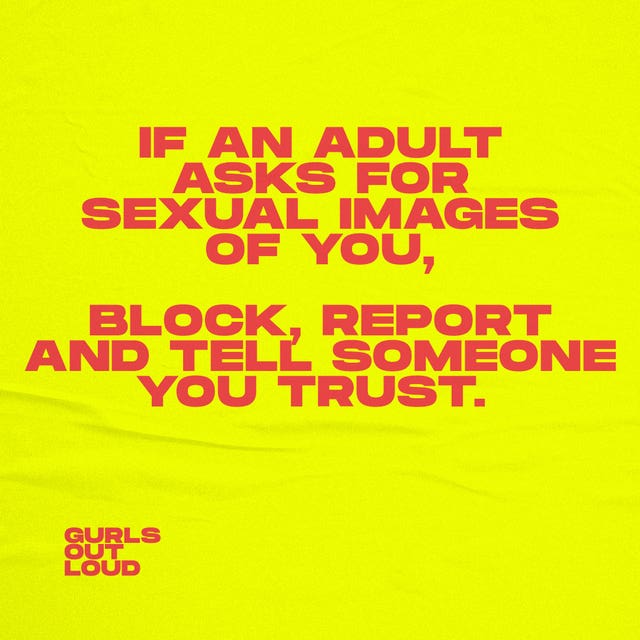
Iain Dale 7pm - 10pm
28 July 2021, 00:04

The Internet Watch Foundation has removed 100,616 web pages containing child sexual abuse imagery this year – up 62% from the same period last year.
An “explosion” of child sexual abuse material taken offline in the first half of 2021 is being fuelled by imagery produced by children, internet safety experts have warned.
This year, analysts at the Internet Watch Foundation (IWF) have already removed more than 100,000 web pages containing imagery of children being sexually abused.
This is up 62% from the 62,234 reports acted on in the first six months of 2020.
A “crazy” amount – almost two thirds (64,278) of the 100,616 web pages removed so far this year – contained “self-generated” material, the IWF said.
This is where children have been tricked, groomed or coerced into abusing themselves on camera – often in the child’s own room.
The process is known as capping, and the images are frequently swapped and used as “currency” by predators, the IWF said.
Former Norfolk chief constable Simon Bailey, who recently retired as child protection lead at the National Police Chiefs’ Council, said there has been a “really worrying” increase in girls aged 11-13 producing images.
He said: “More and more children are being exploited and we need to mitigate that.
“This kind of threat has escalated throughout the last eight years. This is now going way beyond an online threat.”
He added: “My great fear is that in 15 or 20 years’ time there will be another independent inquiry into child sexual abuse material, and the question will be how did we allow this to happen?”
The IWF is extending two campaigns to help girls and their parents become more aware of the risks, with funding from the children’s charity the Lind Trust.
Its Home Truths campaign aims to help parents understand the emerging threats online and how to help their children respond to them.

The Gurls Out Loud campaign targets teenage girls through social channels including Instagram, Snapchat, TikTok, YouTube and Google display.
IWF chief executive Susie Hargreaves said: “The numbers we are seeing, particularly of self-generated materials, are crazy. We’re seeing reports in numbers we’ve never seen before. Self-generated material is now the predominant issue for IWF.
“Predators have adopted this disturbing new technique, and the images and videos of children they extort are now becoming currency for internet sex predators.
“With the summer holidays on the way, we want to reach out to teenagers and their parents to warn them of the dangers. We must not allow this to become the summer of online sexual abuse.”
Parents are encouraged to talk to their child about the risks, agree ground rules, learn about the platforms their child uses and know how to use tools, apps and settings to keep their child safe online.
Last November, the All-Party Parliamentary Group on Social Media launched an inquiry into the “disturbing” rise of self-generated child sexual abuse material.
The Home Office has called the rise “deeply concerning”.
Safeguarding Minister Victoria Atkins said: “The scale and severity of online child sexual abuse is shocking and I am grateful to the Internet Watch Foundation for highlighting this absolutely abhorrent behaviour.
“Just like offline offences, online child sexual abuse can affect children for the rest of their lives.
“This is why the strongest protections in our Online Safety Bill are for children and will require companies to keep their users safe or face hefty fines.
“However, we expect companies to take immediate action to address this appalling crime.
“We have already set out the vital measures tech giants can take to stop disgusting predators on their platforms and we are investing in new, innovative technological capabilities to bring more offenders to justice and help safeguard more victims through our tackling child sexual abuse strategy.”